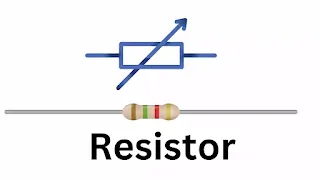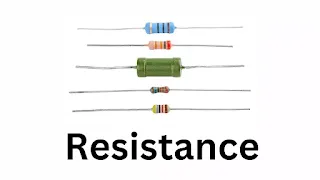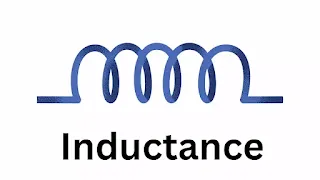What is Resistor ?
A resistor is an electrical component that is used to restrict or limit the flow of electric current in a circuit. It is designed to have a specific resistance value, which is the measure of the opposition of the resistor to the flow of current through it.
How to made Resistor materials
- Resistors are commonly made of materials such as carbon, metal film, and wire wound around a ceramic or plastic core. They come in a variety of shapes and sizes, including axial and radial leaded resistors, surface mount resistors, and variable resistors, such as potentiometers and rheostats.
Where We Can Use Resistor
- Resistors are widely used in electronic circuits to perform a variety of functions, such as voltage division, current limiting, signal conditioning, and impedance matching. They are an essential component in almost all electronic devices, including televisions, radios, computers, and smartphones.
What is Resistance ?
Which Factors depends on Resistance material
- The amount of resistance offered by a material depends on several factors, including its dimensions, temperature, and the material properties such as its resistivity. In electronic circuits, resistors are commonly used to control the flow of current and voltage by providing a specific resistance value. Resistors are designed to have a specific resistance value and can be connected in series or parallel to achieve different total resistance values in a circuit.
Resistance role plays in Circuit
- Resistance plays a crucial role in the operation of many electronic devices, as it allows for the precise control of current flow and voltage levels. It is also a fundamental property of electrical circuits and is used in many different applications, from basic LED circuits to complex communication systems.
What is Capacitors ?
How to Work with Capacitors
- When a voltage is applied to the capacitor, it charges up by storing electrical energy on its plates. The amount of charge that can be stored on the plates is proportional to the voltage applied and the capacitance value of the capacitor, which is measured in farads (F).
Use Of Capacitors
- Capacitors are used in electronic circuits for a variety of purposes, such as filtering, smoothing, coupling, and timing. For example, capacitors can be used to filter out unwanted noise or AC signals from a DC power supply, or to store charge for use in timing circuits. They can also be used in combination with resistors to create time constants that control the rate of charging and discharging of a circuit.
Shapes and sizes of Capacitors
- Capacitors can come in a variety of shapes and sizes, ranging from tiny surface-mount components used in high-density circuits, to large electrolytic capacitors used in power supply circuits. They can also be polarized or non-polarized, meaning they have a positive and negative lead or no polarity, respectively.
Conclusion
- Overall, capacitors are an essential component in many electronic circuits and are used for a wide range of applications, from simple LED circuits to complex communication systems.
What is Inductors ?
An inductor is an electronic component that stores energy in a magnetic field when an electric current flows through it. It consists of a coil of wire that is wrapped around a core made of a ferromagnetic material such as iron, which enhances the magnetic field. The amount of energy stored in the magnetic field is proportional to the current flowing through the coil and the inductance value of the inductor, which is measured in henry (H).
What is Inductance
- When a current flows through the coil, a magnetic field is generated around the coil, which opposes changes in the current flow. This property of inductors is known as inductance, and it causes the inductor to resist changes in current flow. This effect can be used to filter out unwanted signals, create resonant circuits, or store energy for use in other parts of a circuit.
Use of Inductors
- Inductors are used in a wide range of electronic circuits, from power supplies and amplifiers to radios and computers. They are particularly useful in circuits that need to handle large amounts of energy or in circuits that require precise control of current flow. Some common applications of inductors include filtering, impedance matching, voltage regulation, and signal processing.
shapes and sizes of Inductors
- Inductors can come in a variety of shapes and sizes, ranging from tiny surface-mount components used in high-density circuits to large inductors used in power supply circuits. They can also be designed with different core materials and winding configurations to achieve specific performance characteristics.
Conclusion
Overall, inductors are an essential component in many electronic circuits and are used for a wide range of applications, from simple LED circuits to complex communication systems.





